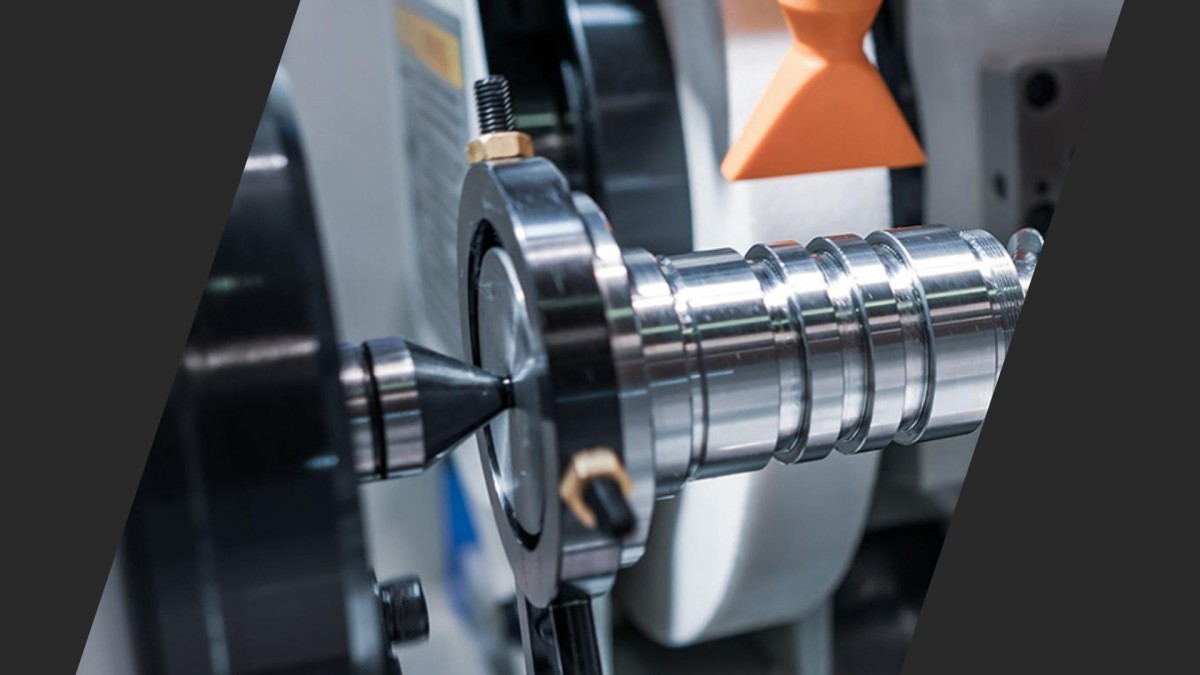Time grating displacement sensor is crucial in precision measurement, widely used in automation, aerospace, and robotics. As industries demand higher accuracy and reliability, these sensors are gaining traction. However, the industry faces several challenges alongside promising opportunities for growth and innovation.
Overview of Time Grating Displacement Sensors
Time grating displacement sensors measure displacement with high precision using a time-based grating structure. They offer advantages like high resolution, stability, and immunity to environmental interferences. Common applications include CNC machinery, semiconductor manufacturing, and medical devices.
Market Trends Shaping the Industry
The industry is evolving rapidly due to:
- Growing automation and Industry 4.0 adoption
- Demand for high-precision positioning in robotics and aerospace
Integration with AI for smarter measurement solutions
Key Challenges in the Industry
High Manufacturing Costs
Producing time grating displacement sensors requires high-quality materials and advanced manufacturing techniques, increasing costs and limiting mass adoption.
Complex Calibration and Maintenance
These sensors require precise calibration for optimal performance, which demands specialized expertise, making maintenance a challenge for many industries.
Limited Awareness and Adoption
Despite their advantages, some industries are hesitant to adopt this technology due to a lack of awareness and reliance on traditional measurement methods.
Competition from Alternative Technologies
Other high-precision sensor technologies, such as optical encoders and laser-based sensors, pose strong competition, slowing the widespread adoption of time grating displacement sensors.
Opportunities for Growth and Innovation
Increasing Demand for High-Precision Sensors
With advancements in aerospace, medical devices, and industrial automation, there is a growing need for ultra-precise measurement solutions, boosting the market for time grating displacement sensors.
Integration with AI and IoT
AI-powered predictive maintenance and IoT connectivity enhance the functionality of these sensors, making them more attractive for smart manufacturing applications.
Advancements in Materials and Manufacturing
Innovations in sensor materials and cost-effective production techniques can lower prices, making these sensors more accessible to a wider range of industries.
Emerging Markets and Applications
New applications in AR/VR, biomedical engineering, and smart infrastructure create exciting opportunities for sensor manufacturers to expand their market reach.
Future Outlook for the Industry
The industry is expected to witness steady growth, driven by advancements in precision engineering and increasing demand for automation. Market experts predict increased adoption in aerospace, robotics, and smart manufacturing.
FAQs on Time Grating Displacement Sensors
1. What are the main applications of time grating displacement sensors?
They are used in CNC machines, robotics, medical devices, aerospace, and semiconductor manufacturing for high-precision measurements.
2. How do time grating displacement sensors compare to optical encoders?
They offer higher resistance to environmental interference and greater accuracy in certain applications but may have higher costs and complexity.
3. What industries benefit the most from these sensors?
Industries requiring ultra-precise positioning, such as aerospace, medical technology, and industrial automation, benefit the most.
4. Are these sensors compatible with IoT systems?
Yes, modern sensors are increasingly integrated with IoT for real-time data monitoring and predictive maintenance.
5. What are the biggest technological advancements in this field?
AI integration, improved calibration techniques, and cost-effective manufacturing are key innovations driving the industry forward.
6. What are the future prospects of the time grating displacement sensor market?
The market is expected to grow with advancements in precision engineering, automation, and new industrial applications.
Conclusion
Despite challenges such as high costs and competition from alternative technologies, the time grating displacement sensor industry holds significant opportunities for innovation and growth. By leveraging AI, IoT, and advancements in materials, manufacturers can drive wider adoption and expand into emerging markets.
INQUIRY NOW

